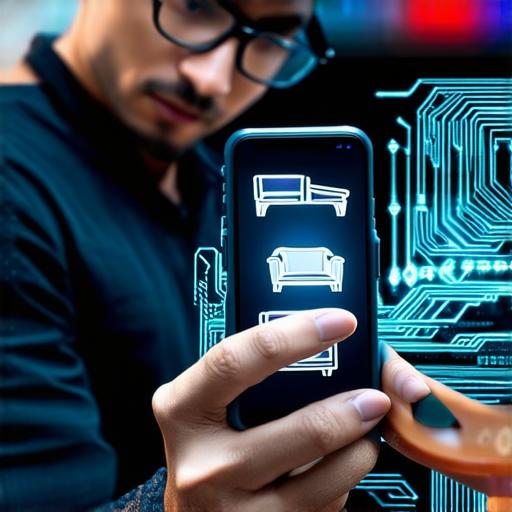Augmented reality (AR) is a technology that enhances or “augments” the real-world environment with digital elements such as images, videos, sounds, and interactive objects. AR allows users to experience the world in a new way by overlaying digital information on top of the physical environment.
This creates an immersive and interactive experience that can be used in a variety of industries, including education, entertainment, and marketing.
AR works by using a device’s camera and sensors to track the user’s location and orientation in the real world. Once this information is captured, the device uses computer algorithms to overlay digital elements onto the real-world environment in real time.
This creates an illusion that the digital elements are part of the physical world.
Some examples of AR applications include:
- Gaming and entertainment: AR games and experiences allow users to interact with digital characters and objects in a real-world setting. For example, the popular game Pokemon Go uses AR to allow users to catch virtual creatures in real-world environments.
- Education: AR can be used to enhance the learning experience by allowing students to visualize abstract concepts and ideas in a more tangible way. For example, an AR app could be used to teach anatomy by overlaying digital models onto a real-world body.
- Marketing and advertising: AR can be used to create immersive and interactive advertising experiences that engage consumers and encourage brand loyalty. For example, an AR campaign for a car manufacturer could allow users to explore the interior of a virtual car and customize it to their liking.
- Healthcare: AR can be used in healthcare to enhance surgical procedures by providing real-time visualization of key anatomical structures. This can improve accuracy and reduce the risk of complications.
- Retail: AR can be used in retail to create virtual try-on experiences for clothing and accessories. For example, an AR app could allow users to see how a new pair of shoes would look on their feet before making a purchase.

Overall, augmented reality is a powerful tool that has the potential to transform the way we interact with the world around us. As technology continues to advance, we can expect to see even more innovative AR applications in the future.
